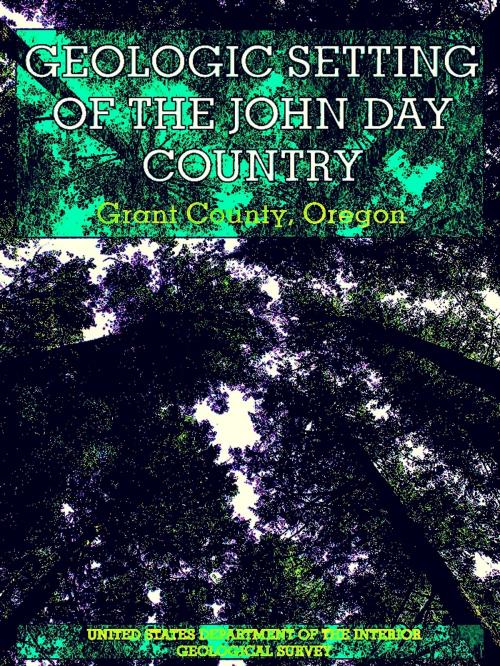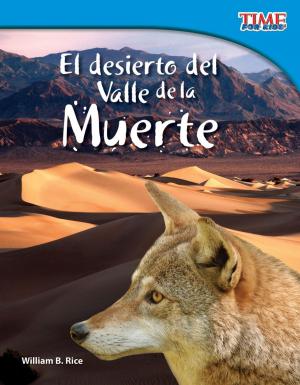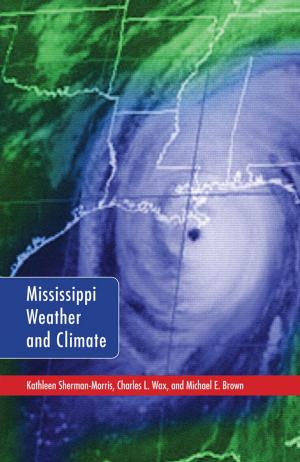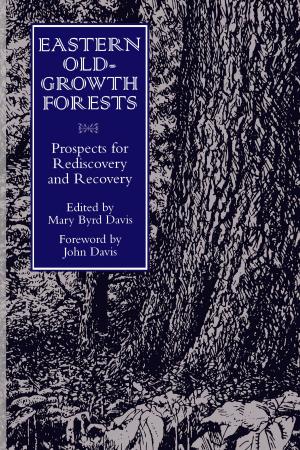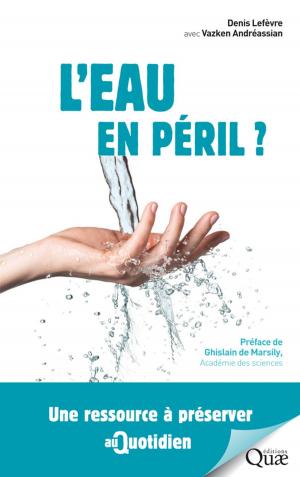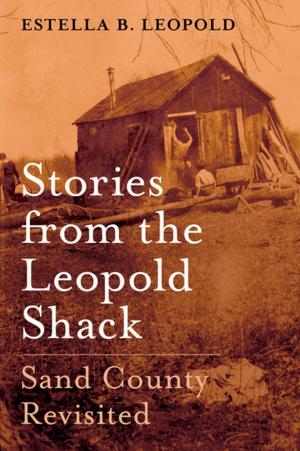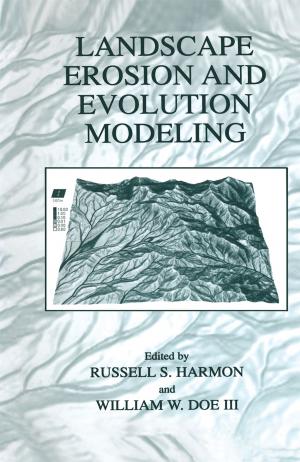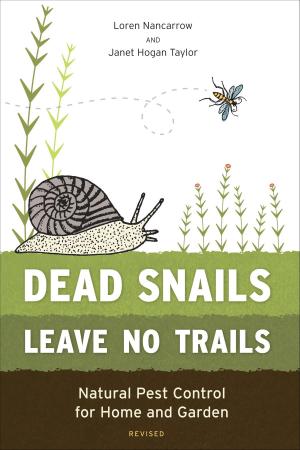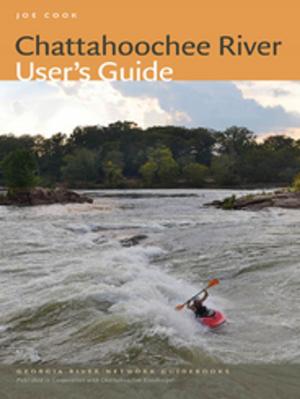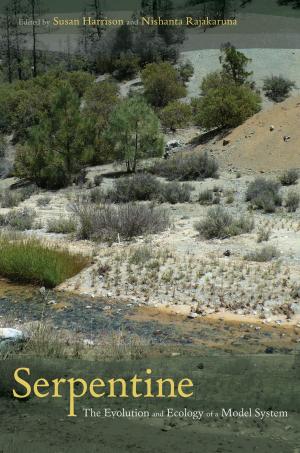The Geologic Setting of the John Day Country
Grant County, Oregon (Illustrations)
Kids, Natural World, Earth Sciences, Geography, Ecosystems, Environment| Author: | Thomas Prence Thayer | ISBN: | 1230000270626 |
| Publisher: | UNITED STATES DEPARTMENT OF THE INTERIOR/ GEOLOGICAL SURVEY | Publication: | September 27, 2014 |
| Imprint: | Language: | English |
| Author: | Thomas Prence Thayer |
| ISBN: | 1230000270626 |
| Publisher: | UNITED STATES DEPARTMENT OF THE INTERIOR/ GEOLOGICAL SURVEY |
| Publication: | September 27, 2014 |
| Imprint: | |
| Language: | English |
Example in this ebook
One of the Pacific Northwest’s most notable outdoor recreation areas, the “John Day Country” in northeastern Oregon, is named after a native Virginian who was a member of the Astor expedition to the mouth of the Columbia River in 1812.
There is little factual information about John Day except that he was born in Culpeper County, Va. about 1770. It is known also that in 1810 this tall pioneer “with an elastic step as if he trod on springs” joined John Jacob Astor’s overland expedition under Wilson Price Hunt to establish a vast fur-gathering network in the western states based on a major trading post at the mouth of the Columbia River.
The expedition arrived in the vicinity of the Grand Tetons, in what is now Wyoming, in September 1811, and with the onset of winter met disaster along the Snake River. When they ran out of food near the present site of Twin Falls, Idaho, Hunt divided the expedition into four parties to seek food and a feasible route through the canyons. As described in Washington Irving’s Astoria, the party that included John Day became widely separated from the others; experienced terrible hardships while wintering with Indians near Huntington; and was eventually reduced to just John Day and Ramsey Crooks. By mid-April of the following year, Day and Crooks reached the junction of the Columbia and Mah-hah Rivers, where a band of Indians took everything they had, including their clothes. Because of this incident, the Mah-hah River was renamed the John Day. Returning up the Columbia to seek help from friendly Indians, they were rescued by a party of trappers in canoes, and finally reached Astoria on the 11th of May 1812.
Although the first discovery of gold in Oregon reportedly was made in 1845 on one of the upper branches of the John Day River by a member of an immigrant train, the settlement of the John Day Country really began in 1862, when gold was discovered in Canyon Creek just above Canyon City. Since then, possibly $30,000,000 worth of gold has been mined, mostly from gravels in and along Canyon Creek and along a 10-mile stretch of the John Day River. Lumbering and ranching are now the principal industries of the region.
The growth of tourism in Oregon and Grant County and the accompanying increase of interest in geology have stimulated the preparation of this leaflet. The Grant County Planning Commission and State Department of Geology and Mineral Industries have cooperated most cordially in the program to better inform interested visitors about the geology of the country they are seeing.
To be continue in this ebook................................................................................................................
Example in this ebook
One of the Pacific Northwest’s most notable outdoor recreation areas, the “John Day Country” in northeastern Oregon, is named after a native Virginian who was a member of the Astor expedition to the mouth of the Columbia River in 1812.
There is little factual information about John Day except that he was born in Culpeper County, Va. about 1770. It is known also that in 1810 this tall pioneer “with an elastic step as if he trod on springs” joined John Jacob Astor’s overland expedition under Wilson Price Hunt to establish a vast fur-gathering network in the western states based on a major trading post at the mouth of the Columbia River.
The expedition arrived in the vicinity of the Grand Tetons, in what is now Wyoming, in September 1811, and with the onset of winter met disaster along the Snake River. When they ran out of food near the present site of Twin Falls, Idaho, Hunt divided the expedition into four parties to seek food and a feasible route through the canyons. As described in Washington Irving’s Astoria, the party that included John Day became widely separated from the others; experienced terrible hardships while wintering with Indians near Huntington; and was eventually reduced to just John Day and Ramsey Crooks. By mid-April of the following year, Day and Crooks reached the junction of the Columbia and Mah-hah Rivers, where a band of Indians took everything they had, including their clothes. Because of this incident, the Mah-hah River was renamed the John Day. Returning up the Columbia to seek help from friendly Indians, they were rescued by a party of trappers in canoes, and finally reached Astoria on the 11th of May 1812.
Although the first discovery of gold in Oregon reportedly was made in 1845 on one of the upper branches of the John Day River by a member of an immigrant train, the settlement of the John Day Country really began in 1862, when gold was discovered in Canyon Creek just above Canyon City. Since then, possibly $30,000,000 worth of gold has been mined, mostly from gravels in and along Canyon Creek and along a 10-mile stretch of the John Day River. Lumbering and ranching are now the principal industries of the region.
The growth of tourism in Oregon and Grant County and the accompanying increase of interest in geology have stimulated the preparation of this leaflet. The Grant County Planning Commission and State Department of Geology and Mineral Industries have cooperated most cordially in the program to better inform interested visitors about the geology of the country they are seeing.
To be continue in this ebook................................................................................................................
